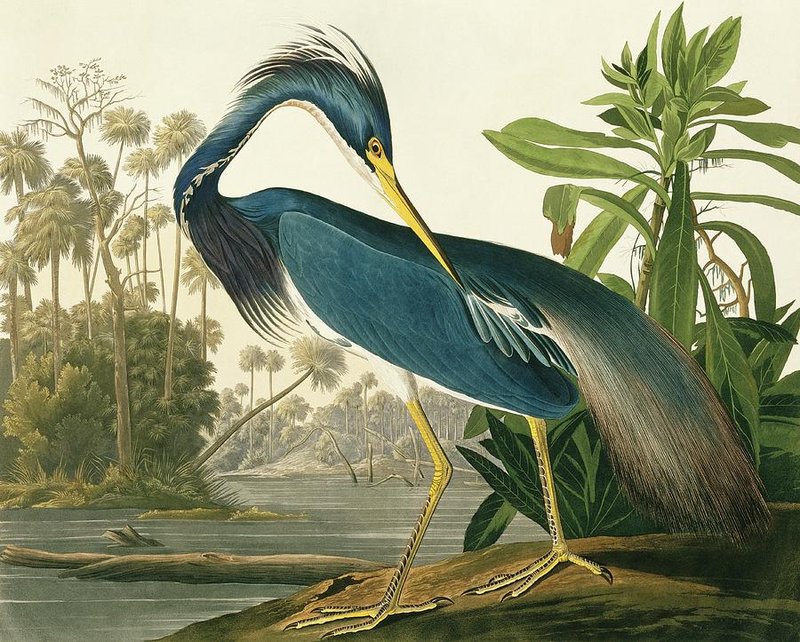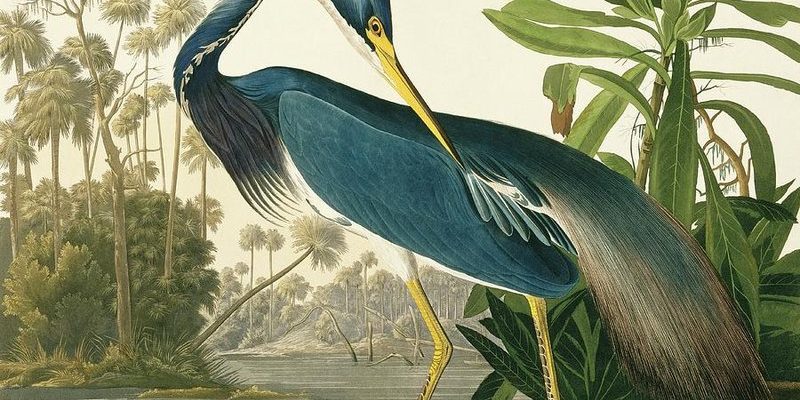
Let’s dive into the rich history of herons. Picture it like flipping through an intricate photo album, where each image captures not just the beauty of these birds but also the stories of survival and adaptation that span millions of years. From ancient ancestors to modern species, the evolution of herons is a tale worth exploring.
Understanding the Heron Family
Herons belong to the family Ardeidae, which includes not just herons, but also egrets and bitterns. This family of birds is known for their long necks, legs, and sharp bills—traits that help them thrive in aquatic habitats. You might be wondering; what makes herons so unique? Well, they’re incredibly versatile. Herons can be found on every continent, except Antarctica, showcasing their ability to adapt to various climates and conditions.
The diversity within this family is astounding. For example, there are over 60 species of herons and egrets, each with their own quirks. The Great Blue Heron, for instance, is one of the largest and can stand up to 4.5 feet tall! Meanwhile, the Little Egret, with its striking white plumage, is much smaller, standing only about 2 feet tall. This variation highlights how herons have evolved to occupy different ecological niches, from coastal marshes to freshwater lakes.
The Ancient Ancestors of Herons
To truly appreciate herons today, we need to look back at their ancient ancestors. Herons belong to a long evolutionary line that dates back millions of years. Fossil records show that the earliest relatives of herons roamed the Earth during the late Eocene epoch, roughly 40 million years ago. Here’s the thing: these early birds didn’t look much like the herons we know now. Instead, they were similar to other wading birds, setting the stage for adaptations that would follow.
As time marched on, herons developed several key features to help them survive. Their long legs became essential for wading in shallow waters, while their sharp beaks evolved to catch fish and other prey. If you’ve ever watched a heron strike at fish, you know how precise they can be! This adaptation not only helped them become efficient hunters but also allowed them to thrive in various habitats.
Herons in Ancient Cultures
Herons have held a special place in human cultures throughout history. In ancient Egypt, they were revered as symbols of grace and are often depicted in art and hieroglyphics. The Blue Heron, in particular, was considered a sacred bird associated with the sun god Ra. It’s fascinating how these birds transcended mere wildlife and became part of the cultural fabric of ancient societies.
In addition to their symbolic significance, herons were often seen as indicators of a healthy ecosystem. Because they rely on clean water sources for feeding, people in ancient cultures understood that the presence of herons often meant a thriving environment. Honestly, that connection with nature is something we still value today, as modern conservation efforts highlight the importance of maintaining healthy wetlands for heron populations.
Modern Heron Species
Today, herons can be found in a variety of habitats, from wetlands and estuaries to rice paddies and urban areas. Each species has its particular adaptations that enable it to thrive in its environment. For instance, the Great Egret is well-known for its long neck and striking white feathers, which allow it to blend into the reeds and grasses where it hunts.
One remarkable species is the Reddish Egret, known for its erratic hunting style and unique plumage. Watching one dance around in shallow water is like witnessing an aerial ballet—a true testament to evolution’s ability to create beauty and functionality. If you’ve ever spotted a heron in the wild, you know how captivating they can be!
Threats and Conservation Efforts
Despite their adaptability, herons face numerous threats today. Habitat loss due to urban development, pollution, and climate change are significant challenges that impact their populations. Wetland areas, vital for their survival, are disappearing at an alarming rate. This situation leads us to consider how we can help protect these beautiful birds and their habitats.
Conservation efforts are vital to ensure that herons continue to thrive. Many organizations work tirelessly to restore wetlands and educate the public about the importance of preserving these ecosystems. By participating in local conservation initiatives or simply being mindful of our environmental impact, we can contribute to the survival of herons and other wildlife.
The Future of Herons
Looking ahead, the future of herons largely depends on our commitment to environmental stewardship. By prioritizing wetland protection and implementing sustainable practices, we can create a world where herons continue to flourish. You might be wondering what you can do to support these birds. Simple actions, like reducing plastic use, supporting conservation groups, and participating in local clean-up events, can make a difference.
It’s also important to stay informed about the ecological changes happening around us. By understanding the relationship between human activity and wildlife, we can better advocate for policies that protect these beautiful birds and their habitats. Herons have been a part of our world for millions of years, and it’s up to us to ensure they remain a cherished part of our ecosystems for generations to come.
In conclusion, the evolution and history of the heron is a testament to nature’s resilience and adaptability. These birds have survived through changing climates and environments, and they continue to be a symbol of beauty and grace. As we engage with their story, let’s remember the importance of preserving their habitats and ensuring a future where herons can thrive alongside us.

